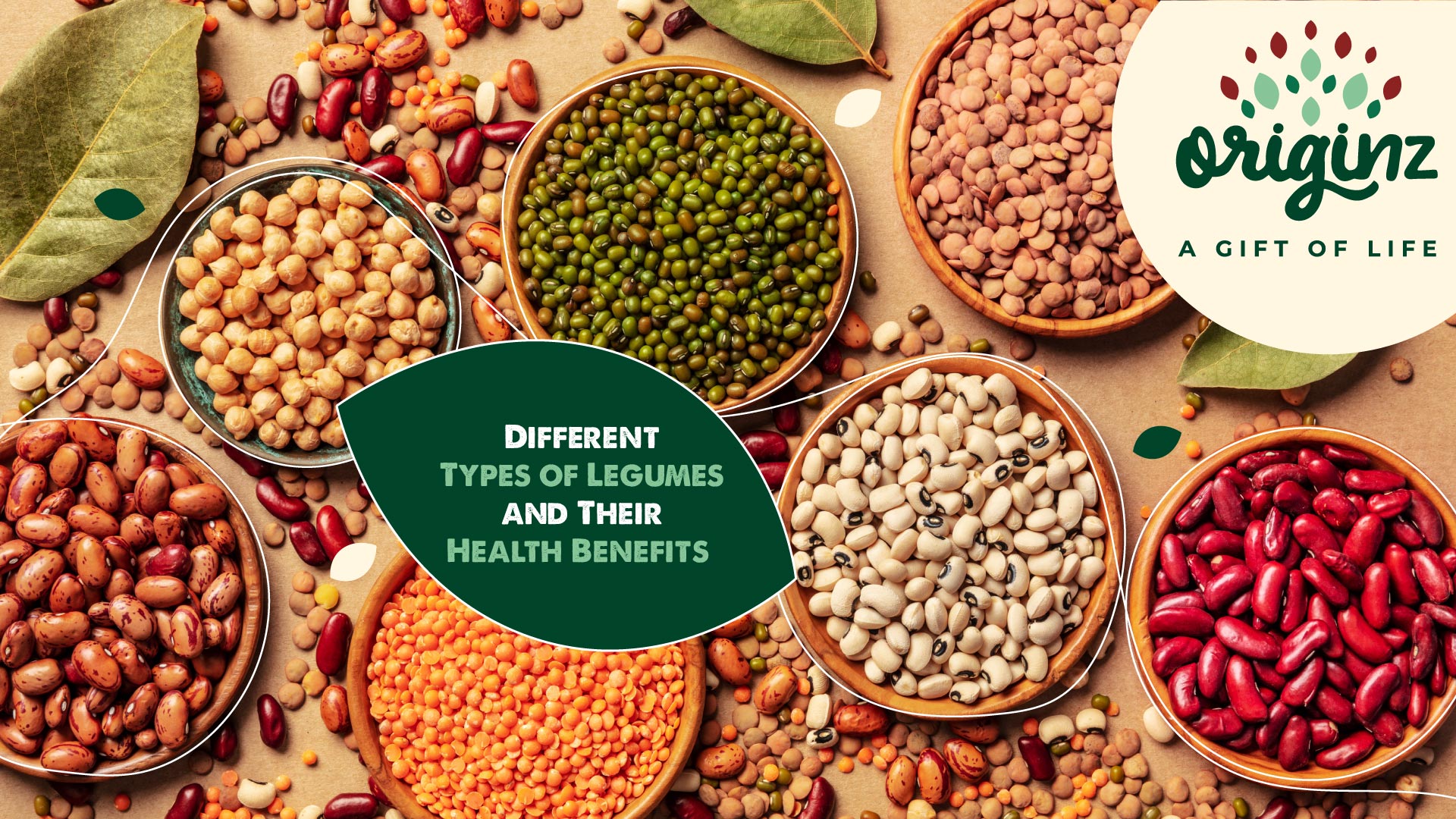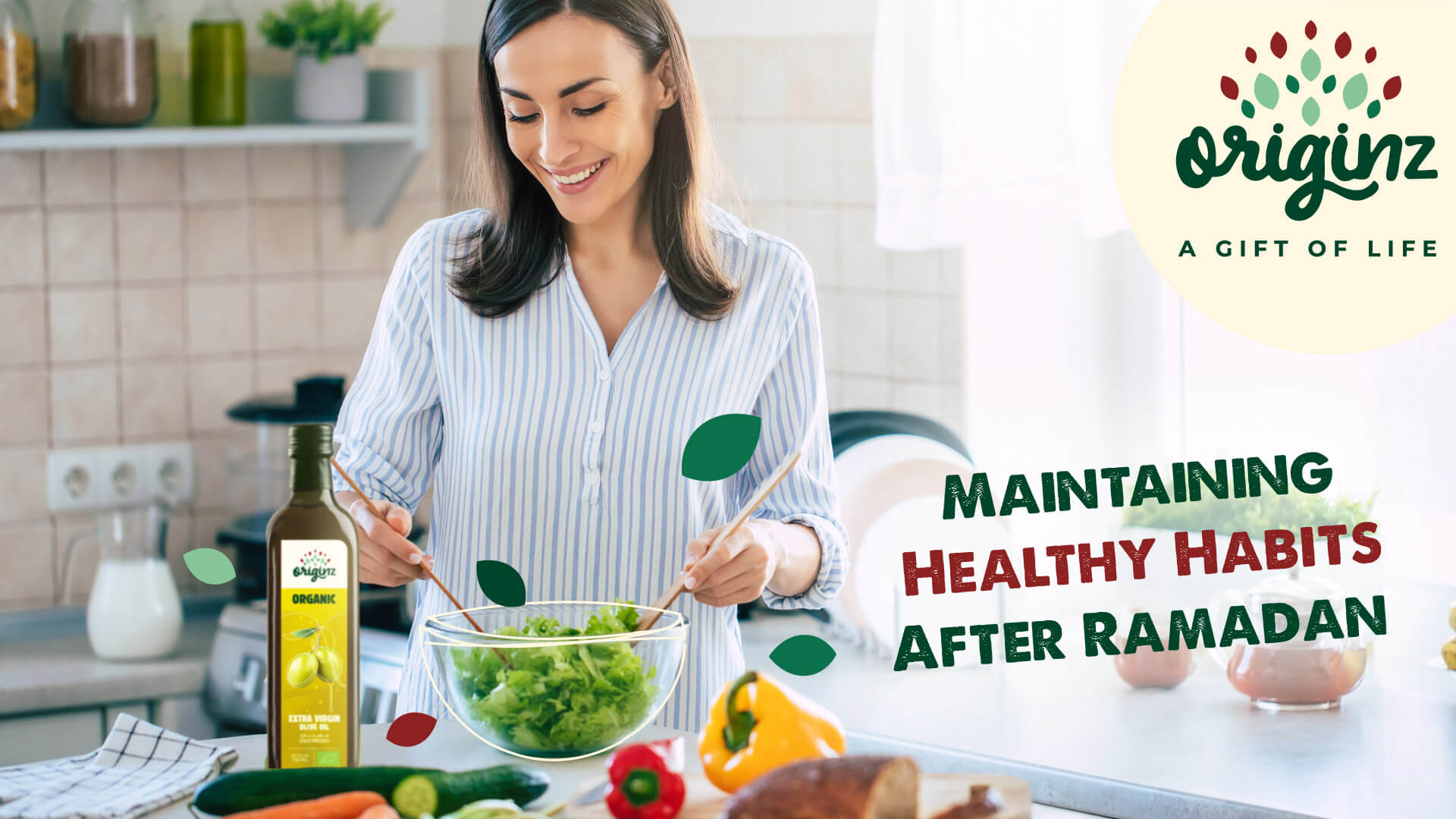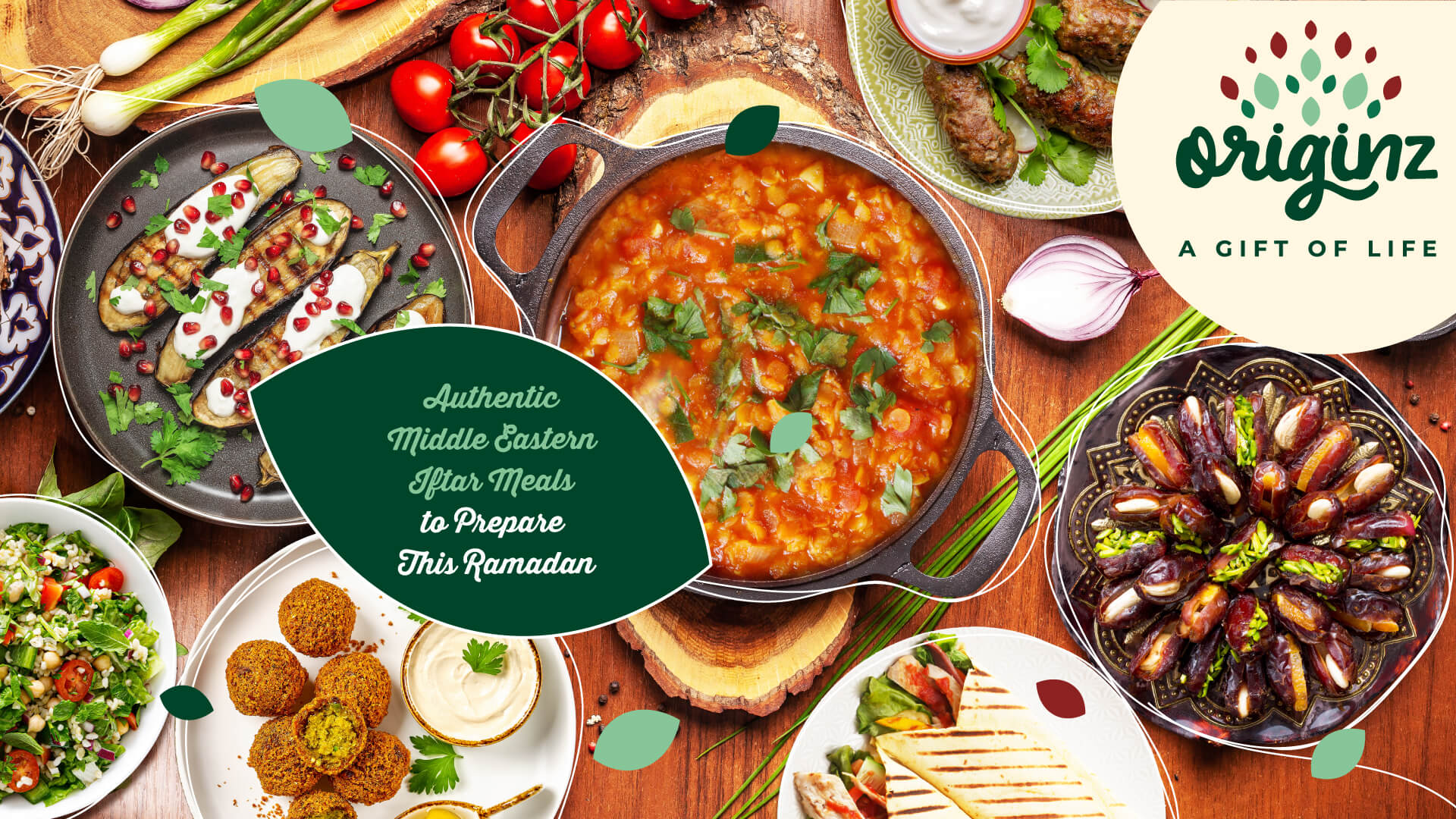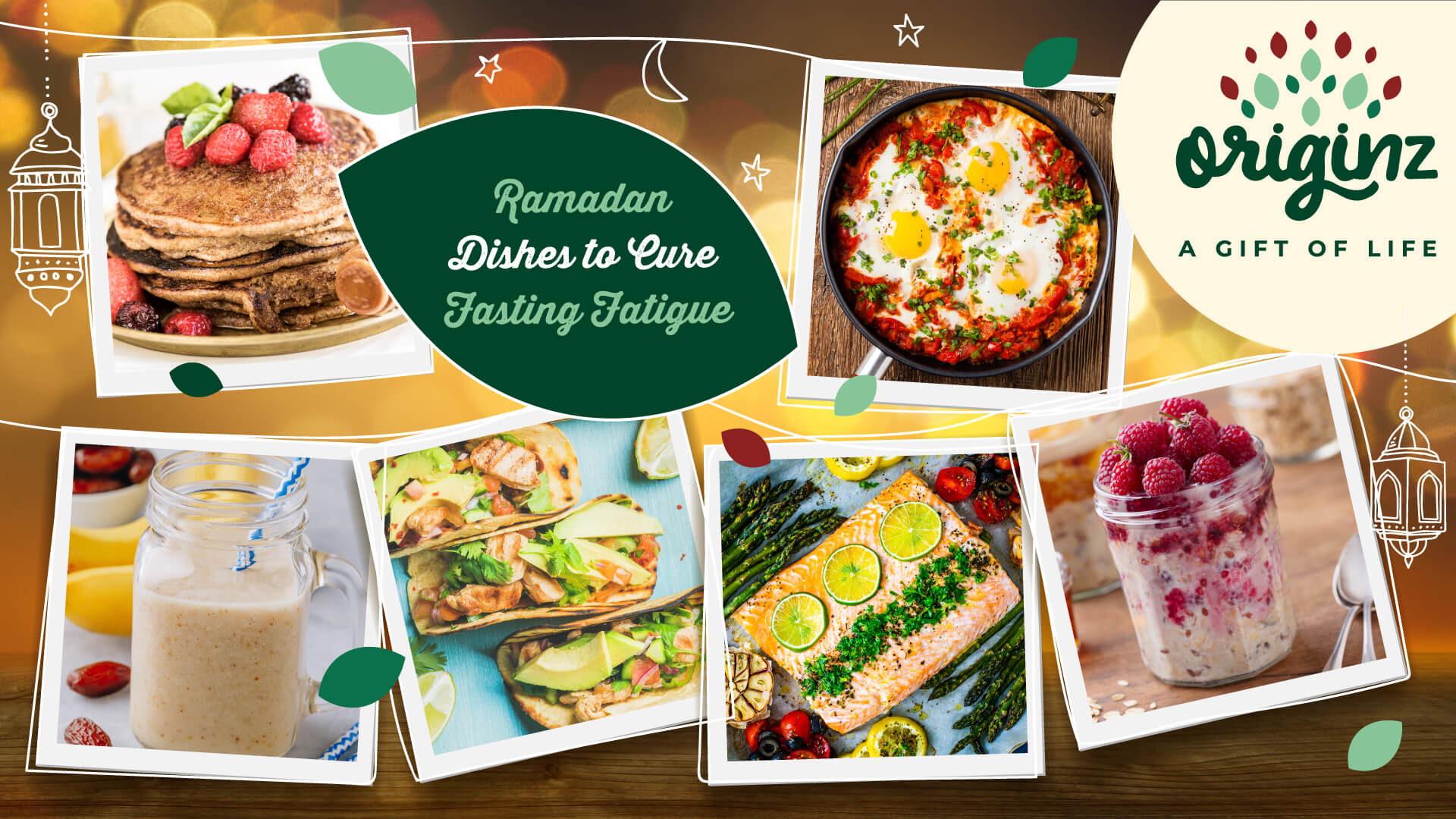
Legumes: Types and Health Benefits
Legumes, a family of plants that includes beans, lentils, peas, and chickpeas, have been a dietary staple for centuries across various cultures. They are rich in essential nutrients and offer a wide array of flavours and textures that can elevate any meal. In this exploration, we will delve into the diverse types of legumes, discuss their variations and uncover the extensive health benefits they bring to the table. Additionally, we'll touch upon how incorporating legumes into your diet can align with the offerings of an organic grocery store and share some delicious recipes that showcase the versatility of these nutritional powerhouses.
Types of Legumes: A Diverse Family
1. Beans:
Kidney Beans: Large, kidney-shaped beans that come in various colours, known for their smooth texture and ability to absorb flavours in dishes like chilli.
Black Beans: Small, black beans with a dense, meaty texture, commonly used in Latin American cuisine and vegetarian dishes.
2. Lentils:
Brown Lentils: Earthy-flavoured lentils that hold their shape well when cooked, making them suitable for salads and side dishes.
Red Lentils: Quick-cooking lentils that disintegrate into a creamy texture, often used in soups and stews.
3. Peas:
Green Peas: Sweet and vibrant green peas that can be enjoyed fresh or frozen, adding a burst of flavour to various dishes.
Split Peas: Dried and split green or yellow peas, commonly used in hearty soups and stews.
4. Chickpeas:
Garbanzo Beans: Also known as chickpeas, these legumes have a nutty taste and a firm texture, making them a versatile ingredient in salads, curries and snacks.
5. Soybeans:
Edamame: Young, green soybeans still in their pods, often enjoyed as a snack or appetizer, readily available in an organic grocery store.
Tofu: A soy-based product with a mild flavour and versatile texture, widely used in vegetarian and vegan cooking.
6.Peanuts:
Peanuts, although often considered nuts, are botanically legumes. They are widely consumed in various forms, from peanut butter to roasted peanuts.
Legume Varieties:
Asian Legumes:
Mung Beans: Small green beans that are commonly used in Asian cuisine, particularly in the sprouted form in salads and stir-fries.
Adzuki Beans: Small, red beans with a slightly sweet flavour, often used in both sweet and savoury Asian dishes.
2. Middle Eastern Legumes:
Lentils du Puy: A type of French green lentil with a distinctive peppery flavour, often used in salads and side dishes.
Fava Beans: Broad, flat beans commonly used in Middle Eastern cuisine, particularly in ful medames.
3. Latin American Legumes:
Pinto Beans: Speckled beans with a creamy texture are frequently used in Mexican cuisine, especially in dishes like refried beans.
Black-Eyed Peas: Small, beige legumes with a distinctive black spot, commonly used in Southern American and African cuisine.
4.European Legumes:
Chickpeas (Cicer arietinum): A staple in Mediterranean cuisine, chickpeas are used in dishes like hummus and falafel.
Lentils (Lens culinaris): Popular in European dishes, lentils are a versatile ingredient in soups, stews and salads.
Legumes Benefits for Health: A Nutritional Powerhouse
1. Rich in Protein:
Legumes are an excellent plant-based source of protein, making them a crucial component for vegetarians and vegans.
2. High in Fibre:
The high fibre content in legumes supports digestive health, helps regulate blood sugar levels, and contributes to a feeling of fullness.
3. Packed with Nutrients:
Legumes are rich in essential nutrients such as iron, zinc, potassium and B vitamins, contributing to overall well-being.
4. Heart Health:
Regular consumption of legumes is associated with a reduced risk of heart disease due to their ability to lower cholesterol levels.
5. Weight Management:
The combination of protein and fibre in legumes can aid in weight management by promoting satiety and reducing overall calorie intake.
6. Blood Sugar Control:
The complex carbohydrates and fibre in legumes contribute to stable blood sugar levels, making them an excellent choice for individuals with diabetes.
Legumes and the Organic Grocery Store Connection
As the demand for Organic Grocery Stores continues to grow, legumes stand out as a natural fit for these establishments. Here's why:
Sustainability: Legumes are known for fixing nitrogen in the soil, reducing the need for synthetic fertilizers. This aligns with organic farming principles, which emphasise sustainability and soil health.
Chemical-Free Cultivation: Organic legumes are cultivated without synthetic pesticides and herbicides, ensuring the end product is free from harmful chemical residues.
Diverse Offerings: Organic Grocery Stores often prioritize a diverse range of whole and minimally processed foods, making legumes an essential component of their product offerings.
Delicious Recipes Showcasing the Versatility of Legumes
1. Mediterranean Chickpea Salad:
Combine chickpeas with cherry tomatoes, cucumber, red onion and feta cheese. Dress with olive oil, lemon juice, and a sprinkle of oregano for a refreshing salad.
2. Lentil Curry:
Cook red lentils in a flavourful curry sauce made with coconut milk, tomatoes, and a blend of spices. Serve over rice for a satisfying and nutritious meal.
3. Black Bean and Corn Salsa:
Mix black beans, corn, diced tomatoes, red onion and cilantro. Toss with lime juice and olive oil for a vibrant salsa, perfect for dipping or topping grilled proteins.
4. Edamame and Quinoa Stir-Fry:
For a quick and protein-packed dish, stir-fry edamame, quinoa, colourful bell peppers and snap peas in a savoury soy-ginger sauce.
5. Hummus and Veggie Wrap:
Spread hummus on a whole-grain wrap and fill it with a variety of fresh veggies like cucumbers, tomatoes and shredded carrots for delicious recipes and portable meals.
If you’re looking for recipe ideas using legumes, or for recipes to include legumes into, look no further than these delicious recipes from Originz!
From their diverse types and varieties to their myriad health benefits, legumes stand as nutritional powerhouses that can enrich your diet in countless ways. As you explore the aisles of an Organic Grocery Store, consider the versatility of legumes and how they can contribute to your well-being while being a sustainable and environmentally conscious food choice. Whether you're savouring a Mediterranean chickpea salad, indulging in a comforting lentil curry, or snacking on a bowl of edamame, let the bounty of legumes be a delicious and nourishing addition to your culinary journey.
Further Reading:
Latest Blogs

Maintaining Healthy Habits After Ramadan
Have Ramadan healthy meals after Ramadan and maintain healthy food habits and implement them in your daily lives. Read more about healthy food habits.

Authentic Middle Eastern Iftar Meals to Prepare This Ramadan
Prepare some authentic middle eastern iftar meals this Ramadan. Look for fresh Ramadan food ideas and make your day memorable with these dishes. Check them out.

Ramadan Dishes to Cure Fasting Fatigue
Don’t worry about fasting fatigue anymore as we have listed some best Ramadan dishes and easy iftar meals to support your fasting journey. Check them out.

Eid-al-Fitr Feast: Delicious Recipes to Celebrate the End of Ramadan
Celebrate the end of Ramadan with delicious recipes on the eve of Eid ul Fitr. Read more about the traditional Ramadan recipes and make them easily.